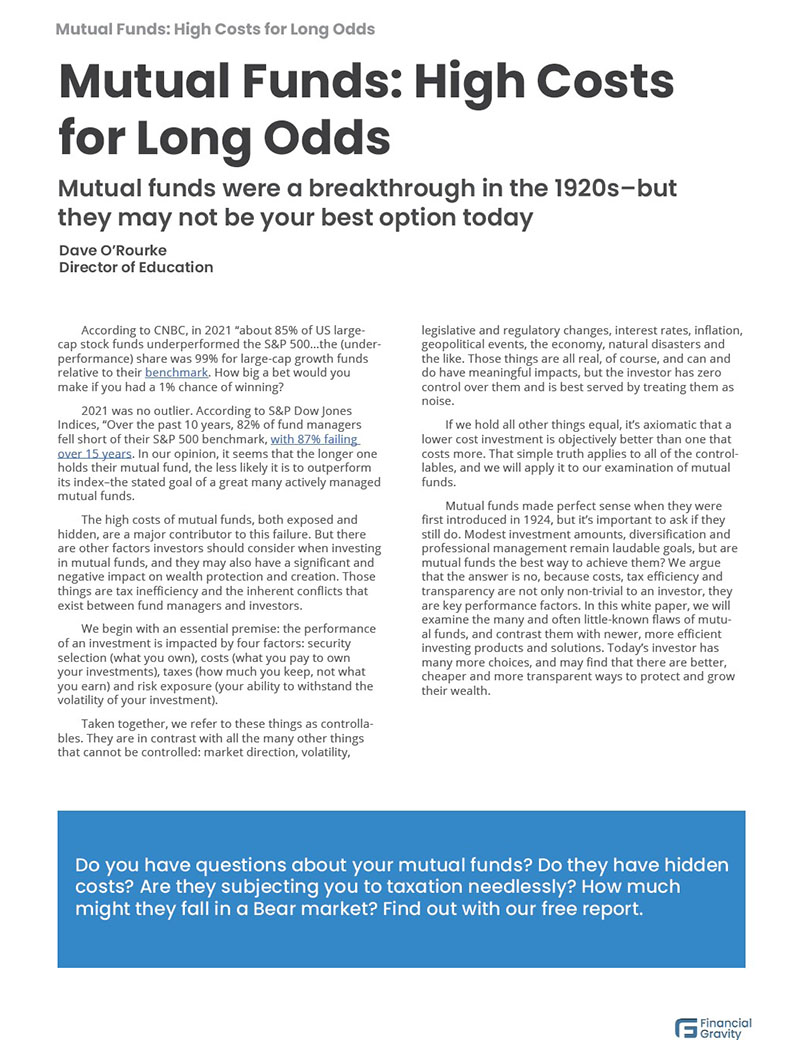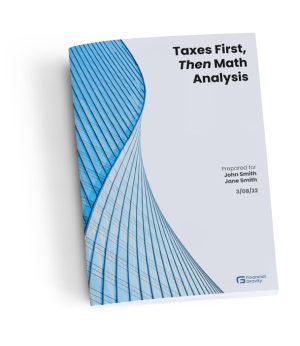Royalty, Inc.
Queen Elizabeth II passed away on September 8th, after a reign of 70 years that witnessed the development of the polio vaccine, the exploration of space, the credit card, the personal computer, the internet, and exponential increases in computing and communications power.
It would be fair to say that people who lived before Elizabeth became Queen had more in common with Moses than with the TikTok generation.
King Charles III not only inherited the Crown from his mother, he also inherited her personal wealth, valued at $750,000,000–and he inherited it tax-free. Not a bad signing bonus, especially for a man whose personal income in 2021 was £23 million[1].
Britain’s monarch is not legally liable to pay income tax, capital gains tax or inheritance tax[2]. This stands in stark contrast with the rest of the UK’s subjects. According to Fortune Magazine, “people in the U.K. pay a 40% inheritance tax for all the parts of an estate worth more than the country’s tax-free threshold of £325,000.[3]”
As of August 26th, the pound-dollar exchange rate was $1.15, so Brits pay 40% of their estates in taxes above $373,750. By comparison, the first $12,060,000 of a US citizen’s estate is exempt from Estate Taxes in 2022[4].
(You should be aware that 12 states and the District of Columbia also have Estate Tax levies, and the exemption amounts are often much lower–as low as $1 million in Oregon and Massachusetts, for example. State Estate Taxes can be as high as 20%[5].)
Overall, Americans bear a significantly lower burden of taxes than Britons. For example, our highest marginal tax rate is 37% on incomes above $523,000, while in the UK the rate is 45% on taxable income above £150k.
Of course, most Americans also have state income tax. But taken all together, a good way to think of it is this: Tax Freedom Day in UK this year was June 7[6], while in the US it was April 18th[7]. Britons spend 43.3% of their year working for their government; in the USA that number is just 29.3%.
The Tax Man Cometh
The finances of the United States seem to indicate that we may eventually catch up to Great Britain. The US currently has an enormous debt, and the Biden budget forecasts trillion-dollar deficits every year for the next ten years.
Former Supreme Court Justice Oliver Wendell Holmes is widely credited for saying that “taxes are what we pay for a civilized society.” The price of civilization has gone up; every person living in the United States is on the hook for almost $93,000, and that number will only grow larger[8]. That figure is based on a national debt above $30 trillion and is calculated before considering the unfunded liabilities of Social Security and Medicare.
One way that the government plans to increase collections is by beefing up the IRS, which just received $80 billion in additional funding from the Inflation Reduction Act. That’s enough to hire 87,000 new employees over the next ten years[9].
It seems reasonable to conclude that IRS scrutiny of all taxpayers is about to get ramped up in a major way. The IRS is clearly coming for somebody — and that somebody may be you.
Massive debt and a greatly expanded IRS become a triple threat when inflation is considered. Many tax thresholds are not indexed for inflation. As if prices at the pump and the store weren’t bad enough, get ready for bracket creep.
Inflation: The Hits Just Keep on Coming
Many state and local income tax brackets are only sporadically indexed to inflation. Sales and use taxes for remote sellers generally lack inflation adjustments. And rising interest rates and asset inflation will affect estate and gift taxes.
For businesses and investors, capitalization, amortization, and depreciation, as well as loss carry-forwards, lose value in inflationary periods. There are many more inflation-linked concerns for American taxpayers:
Caps on net investment income taxes are not indexed to inflation, meaning the 3.8% tax on investment income and the 0.9% additional Medicare tax could be applied to many more investors as interest rates rise.
The mortgage interest deduction is capped at $750,000. Inflation in home prices may mean many more large loans, and an increase in non-deductible interest.
The cap gains exclusion of the first $500,000 in gains on principal residences will decline in value over time. Here’s a fun fact: had that figure been inflation-linked when it was established in 1997, it would be $922,000 today[10].
The $10,000 cap on state and local taxes (aka SALT) is not indexed for inflation, meaning the value of that deduction will shrink over time.
The $3,000 non-offset Capital Loss deduction is not indexed to inflation and will rapidly lose its impact under high inflation.
This may be an appropriate time to recall the words of another former Supreme Court Justice, George Sutherland, who said “The legal right of a taxpayer to decrease the amount of what otherwise would be his taxes, or altogether to avoid them, by means which the law permits, cannot be doubted.”
Tax Planning Has Never Been More Important
We have implemented an AI/SaaS-based system called Tax Architect™ that can look for tax avoidance strategies in your return and produce a document called a Tax Blueprint™. It’s not uncommon for a Blueprint to produce $10,000 or more in annual tax savings using legal and proper strategies to avoid tax.
The Blueprint is especially valuable for taxpayers who own a business, are self-employed, and pay $20,000 or more in annual taxes. It works much better if we can also review your relevant financial statements. Taken together, we can get a “big picture” of the strategies that can be put in place in 2022.
Some people reading this Newsletter may have already received a Blueprint. If so, now would be a good time to evaluate the execution of your plan, and fix the things that need fixing. If not, the Blueprint can be a very valuable tool for following Justice Sutherland’s maxim.
If you don’t have a TBP, get one. If you do, let’s update and review your progress.
Schedule with me to begin the Blueprint process.


